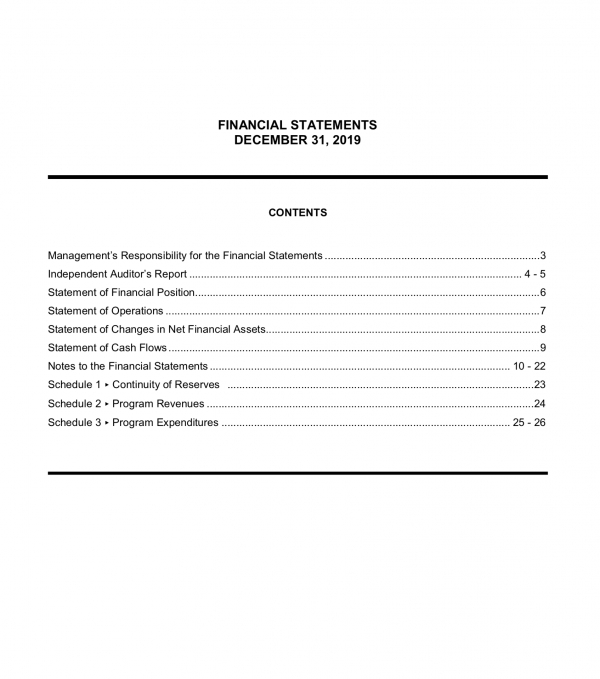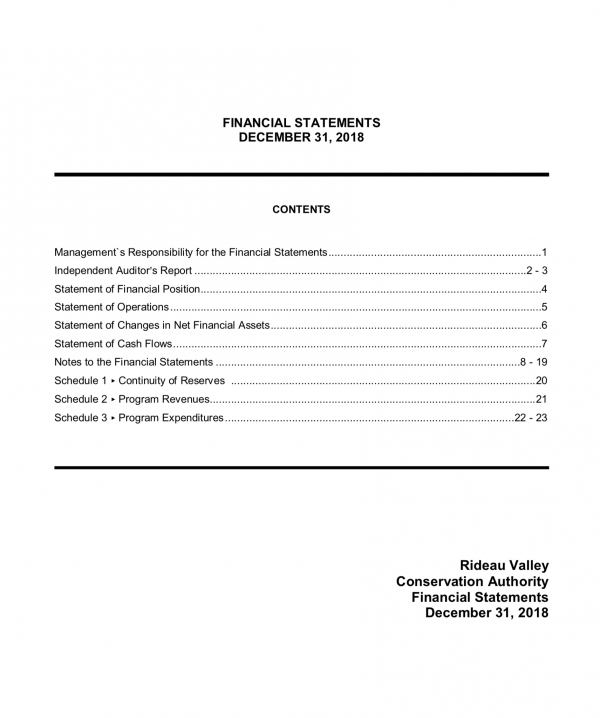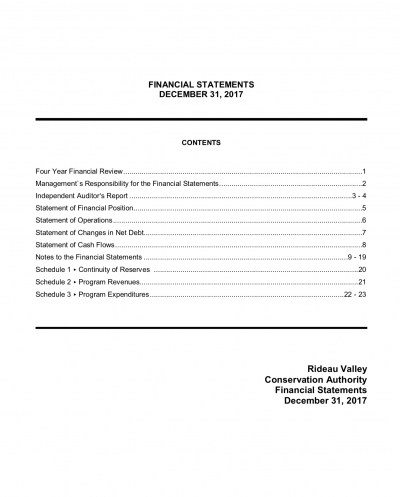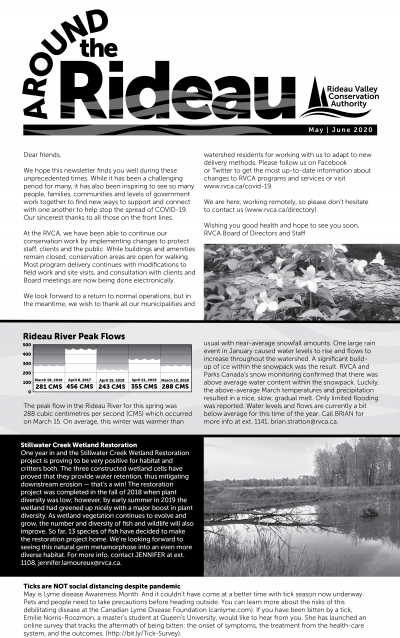
RVCA (1141)
Children categories

Department (66)
Main Office Phone Numbers : 613-692-3571 / 1-800-267-3504
Staff Directory
Remembering Walkerton
Flood Watch Termination — Lower Ottawa River / Fin de la veille de crue — Cours inférieur de la rivière des Outaouais
Flood Watch — Lower Ottawa River / Veille de crue — Cours inférieur de la rivière des Outaouais
Announcement: Goulbourn Wetland Complex Regulated to 2017 MNRF Designated Boundary and 120 metre Adjacent Lands
Getting outside doesn't have to be complicated: there's tons of fun and learning just waiting to be discovered in your backyard, around your block or at your local conservation area. To get you started, RVCA's Outdoor Educators have compiled some awesome activities to help you maximize your outdoor adventures!
Spring Resources |
Winter Resources |
| Elementary School Activities: | |
 Natural Art — Hey kids! Why not get outside and collect little pieces of “nature” and create a work of art? What can you use from your backyard to make your own unique masterpiece? A few blades of grass? Maybe a few twigs will help? How about those pinecones? There are treasures to be found! Build your design outside, take a snap and leave it behind. Natural Art — Hey kids! Why not get outside and collect little pieces of “nature” and create a work of art? What can you use from your backyard to make your own unique masterpiece? A few blades of grass? Maybe a few twigs will help? How about those pinecones? There are treasures to be found! Build your design outside, take a snap and leave it behind. |
|
 Alphabet Walk — Hey parents, here’s today’s RVCA Fresh Air Fun tip! Take the little ones for an “alphabet walk.” Can you see letters in shapes around you? Or find objects for every letter of the alphabet. Access our ABC check list here (download PDF) Alphabet Walk — Hey parents, here’s today’s RVCA Fresh Air Fun tip! Take the little ones for an “alphabet walk.” Can you see letters in shapes around you? Or find objects for every letter of the alphabet. Access our ABC check list here (download PDF) |
|
 Scavenger Hunt — Hey kids! It’s a spring scavenger hunt! Get outside see what you can spy during your outdoor adventure. Get your scavenger hunt here (download PDF). Scavenger Hunt — Hey kids! It’s a spring scavenger hunt! Get outside see what you can spy during your outdoor adventure. Get your scavenger hunt here (download PDF). |
|
 Booklist — Hey parents! Pair a fun children’s story with your next walk outside. Make connections from the book to nature while watching the squirrels, jumping in puddles or sitting under a magic tree! Check out Interpreter Andrea and Rebecca’s recommended reading list! Reading List (download PDF) Booklist — Hey parents! Pair a fun children’s story with your next walk outside. Make connections from the book to nature while watching the squirrels, jumping in puddles or sitting under a magic tree! Check out Interpreter Andrea and Rebecca’s recommended reading list! Reading List (download PDF) |
|
 Photography fun! What a better way to capture your backyard fresh air fun than with your camera! Whether spring is blooming or the snow is blowing, what beautiful outdoor image can you freeze in time? The flight of a feathered friend, the unique patterns of a frosty leaf, the buds about to burst? Photography fun! What a better way to capture your backyard fresh air fun than with your camera! Whether spring is blooming or the snow is blowing, what beautiful outdoor image can you freeze in time? The flight of a feathered friend, the unique patterns of a frosty leaf, the buds about to burst? |
|
 Ready to read — Weave literacy skills into your next bit of fresh air fun! Make a list of all the things you see on your walk while encouraging literacy skills. Younger children can guess the first letter based or draw pictures, while older kids can try to spell the words. You can help them fill in the blanks later! Ready to read — Weave literacy skills into your next bit of fresh air fun! Make a list of all the things you see on your walk while encouraging literacy skills. Younger children can guess the first letter based or draw pictures, while older kids can try to spell the words. You can help them fill in the blanks later! |
|
|
Why is this type of play beneficial for kids? Loose parts encourage kids to be physically active and creative. The learning is hands on, engaging, and encourages children to communicate and be cooperative along with developing great problem-solving skills. |
|
|
Rainy Day Play — Water is a wonderful in Parents, be sure to watch your kids near deep or fast flowing water! Dry off and pair your experience with a fun story. Check out “Over and Under the Pond" by Kate Messner or "In the Small, Small Pond" by Denise Fleming. If you have a library card, many books can be accessed through digital library connections like OverDrive Tumble Books for free. |
|
|
|
|
|
The messiness of play and learning can take its tole on your indoor space and patience! Try taking it outside for some fresh air fun. Grab some containers from your recycling, buckets, old kitchen utensils, bowls, pots, pans, etc. that you have lying around and set up a mud kitchen in your backyard. Find a spot where your children can dig in the soil or sand and collect ingredients from nature. Fill some containers with water and watch their imaginations go! Although you may see lots of fancy set-ups for mud kitchens online, we have found that children are more than happy to sit on the ground or work with their tools on a stump, bench, board, or picnic table. When the play is finished, you can throw everything in a plastic bin or sturdy reusable shopping bag. Washing things off is totally optional! How can this play support learning? Here are just a few examples:
Have fun! Don’t for get to check out our blog at https://www.rvca.ca/blog. |
|
|
|
|
|
How does this play support learning? Here are just a few examples:
|
|
|
How does this play support learning? Here are just a few examples:
Resources:
|
|
|
|
| Middle and High School Activities: |
Pond Study: Using bugs to test for pollutionSome bugs are more sensitive to poor water quality than others. In this hands-on science experiment, get up close and personal with the benthic invertebrates that live in your local pond or stream to determine whether or not its polluted. Instructions here! |
Join the world’s largest treasure hunt!Just you and your phone, chasing a secret — if you have to be outside, this is how to do it! The global geocaching movement is all around us, including at Baxter Conservation Area. Use your phone to track down the secret treasures tucked into our trees. Download the Geocaching app for iPhone or Android to get started. Bring a friend! |
Trail JournalingForest therapy is great for your mental health. Next time you're on a hike, at the cottage or even at a local park, tune into your wild side for a few minutes. Put away your phone, find a comfy spot to sit and just watch and listen. What do you see? What can you hear? Print your trail journal here! |
Five Senses in the ForestTake a nature break! Harness the restorative power of nature to help you stay grounded and able to cope with the stress all around us. Try our Five Senses in the Forest mindfulness activity here. |
Naturally Artistic ChallengeCreate your own outdoor masterpiece using nature’s gifts. Using rocks, twigs, leaves and any other natural materials you find, build your design outside, take a snap and leave it behind. Post it on your socials and tag us with #RVCAFreshAirFun! Find instructions here! |
Photo challengeForget the selfies! Put your phone to the test: What beautiful nature photo can you freeze in time? The flight of a feathered friend, the unique bend of a tree branch, the buds about to burst? Filters allowed! Be sure to post to your socials and tag us with #RVCAFreshAirFun. |









 Loose Parts Play — Loose parts are random items that children use to build, play, create and more. Look through your home and think like a kid: boards, tires, fabric, boxes, old kitchen items, buckets, sticks, tubes, pipes, logs, rocks, recycling items and more can all become loose parts. And there is no better place to play with them than outside!
Loose Parts Play — Loose parts are random items that children use to build, play, create and more. Look through your home and think like a kid: boards, tires, fabric, boxes, old kitchen items, buckets, sticks, tubes, pipes, logs, rocks, recycling items and more can all become loose parts. And there is no better place to play with them than outside! vitation for play and exploration! A puddle, a ditch, a stream, or a pond in your neighbourhood or backyard can all lead to some excellent fresh air fun. Raid your recycling bin for containers that you can use as scoops. Use an old kitchen strainer as a net. Find a pail, bowl, or basin to collect water and any creatures you might find. Don’t forget your rubber boots! Want to know what creatures you found? Make observations about sie, number of legs, antennae and how it swims. Then look it up later using our
vitation for play and exploration! A puddle, a ditch, a stream, or a pond in your neighbourhood or backyard can all lead to some excellent fresh air fun. Raid your recycling bin for containers that you can use as scoops. Use an old kitchen strainer as a net. Find a pail, bowl, or basin to collect water and any creatures you might find. Don’t forget your rubber boots! Want to know what creatures you found? Make observations about sie, number of legs, antennae and how it swims. Then look it up later using our  Toad House — Hop to it and try your hand at creating toad habitat in your own backyard! Toads are great neighbours because they love to eat bugs and slugs. Learn more from Ranger Rebecca as she gives tips on how to build a toad house with your little ones. Don’t forget to post and tag us in your creation!
Toad House — Hop to it and try your hand at creating toad habitat in your own backyard! Toads are great neighbours because they love to eat bugs and slugs. Learn more from Ranger Rebecca as she gives tips on how to build a toad house with your little ones. Don’t forget to post and tag us in your creation!  Mud Kitchen — How about building a mud kitchen?
Mud Kitchen — How about building a mud kitchen? Map & Compass — Get back to basics with this edition of fresh air fun! GPS technology is amazing but it doesn’t always work the way we expect it. Traditional map and compass work is a great way to explore outside. Break out your old compass and see if you can figure out how to find north and the other cardinal directions. Grab some paper, pencils, and colouring tools to make a map of your backyard or neighbourhood. See if you can match north on your map to magnetic north and see how that can help you navigate on your adventure. Ranger Rebecca explains more at
Map & Compass — Get back to basics with this edition of fresh air fun! GPS technology is amazing but it doesn’t always work the way we expect it. Traditional map and compass work is a great way to explore outside. Break out your old compass and see if you can figure out how to find north and the other cardinal directions. Grab some paper, pencils, and colouring tools to make a map of your backyard or neighbourhood. See if you can match north on your map to magnetic north and see how that can help you navigate on your adventure. Ranger Rebecca explains more at  Tiny Habitats — Did you know you might have some tiny habitats hiding right in your backyard? Do you have a rock sitting in your garden? How about a big stick or log sitting on the grass by your shed? Try lifting it up and looking underneath: you might be surprised what you find. When you're finished, be sure to put the rock or log back so the things living underneath stay safe.
Tiny Habitats — Did you know you might have some tiny habitats hiding right in your backyard? Do you have a rock sitting in your garden? How about a big stick or log sitting on the grass by your shed? Try lifting it up and looking underneath: you might be surprised what you find. When you're finished, be sure to put the rock or log back so the things living underneath stay safe.  Pretend to be an animal — Classic fresh air fun: pretend to be an animal! Try hide and seek with a forest friend twist – the little owls fly out into the forest and hide from one of their owl friends. When everyone is ready, the owls start to hoot and their friend listens to try and find them.
Pretend to be an animal — Classic fresh air fun: pretend to be an animal! Try hide and seek with a forest friend twist – the little owls fly out into the forest and hide from one of their owl friends. When everyone is ready, the owls start to hoot and their friend listens to try and find them. 